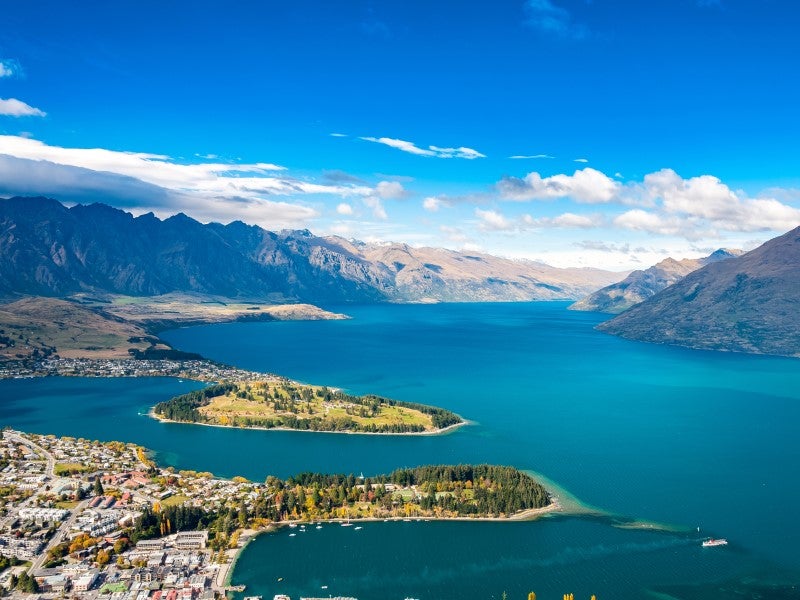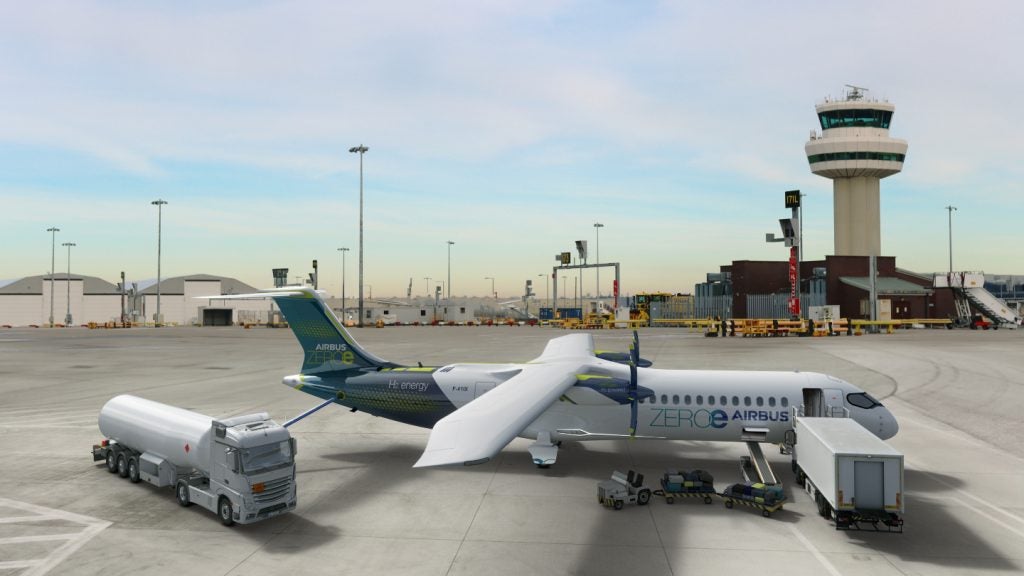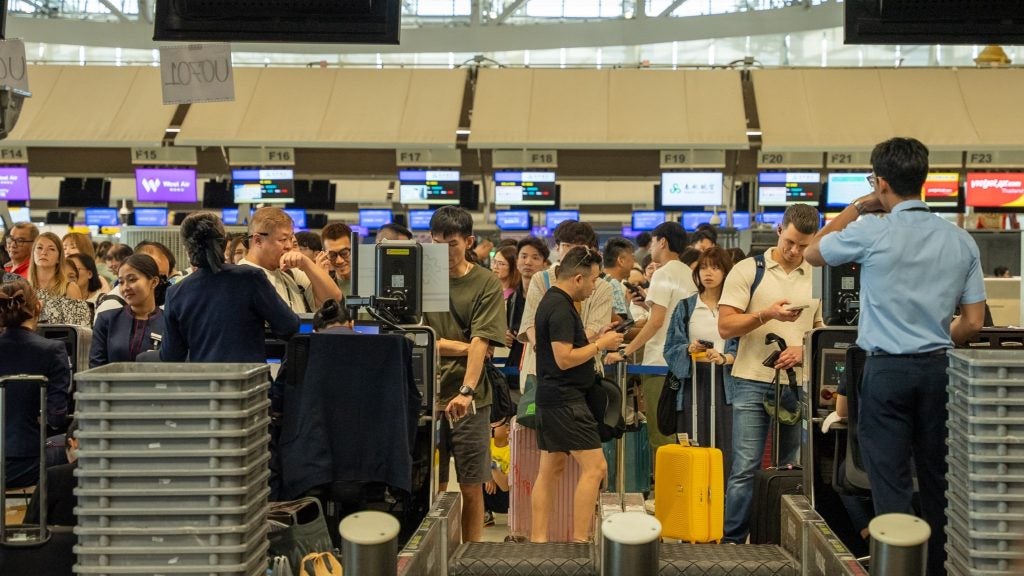New Zealand is welcoming travellers, as the country reopens its borders for the first time in nearly two years. However, a sudden recovery seems unlikely given the turbulent climate in the travel industry.
GlobalData’s Tourism Demands and Flows Database shows that in 2019, New Zealand received 3.88 million international visitors. Unfortunately, due to the Covid-19 pandemic, this figure fell to just 0.99 million international visitors in 2020 and barely any in 2021 at only 0.19 million international visitors. Finally, after more than two years of near-total closure to tourists, the nation opened to fully vaccinated arrivals from overseas on May 1, 2022. While this is a step in the right direction, New Zealand’s tourism industry still has a long journey ahead before recovering from the impacts of the pandemic.
Even with specific tourists being targeted, tourism recovery will take time
New Zealand’s Government wants to move away from the mass tourism that put significant pressure on New Zealand’s pristine landscapes before the pandemic. It’s considering charging travellers to visit unique areas and wants to entice more high-spending guests, who will pay more for special experiences. Although this will create a feeling of exclusivity and tap into a specific vein of demand, consumer sentiment is still somewhat precarious. GlobalData’s Q4 2021 consumer survey question ‘How concerned are you about the impact of Covid-19 pandemic in general’ saw 73% of global responses as either ‘Extremely concerned’ or ‘Quite concerned’.
Undoubtedly, people with family connections will want to return to New Zealand. However, the timing is awkward: it’s entering late autumn in New Zealand. Within a month, the country will be heading into winter. As a result, many tourists will want to postpone their journeys until the last couple of months of 2022, suggesting that the uptake of inbound tourism will be slow over the next six months.
Strict requirements could further delay New Zealand’s recovery
New Zealand has pursued an isolationist policy for more than two years. A reopening was planned for July 2022 but was brought forward due to positive signs around the world and high vaccination rates in New Zealand. Travellers from outside New Zealand no longer need to quarantine upon arrival, as long as they have had a negative pre-departure test, have been fully vaccinated and completed a traveller declaration form. Further requirements are on long-haul flights, where passengers must wear a mask while on board, unless actively eating or drinking. In addition, most airports enforce passengers to wear a facial covering, resulting in some travellers wearing a mask for up to 24 hours due to the distance, which could be particularly uncomfortable. As a result of these restrictions, New Zealand’s tourism has a way to go before it fully recovers to pre-pandemic levels. Tourism companies and marketing organisations in New Zealand now face further challenges, as many other destinations have gained a competitive advantage by opening up their borders earlier and removing most restrictions. Luckily though, New Zealand has a strong offering, so it does stand a chance of its tourism industry recovering well, albeit slowly.
See Also:
How well do you really know your competitors?
Access the most comprehensive Company Profiles on the market, powered by GlobalData. Save hours of research. Gain competitive edge.

Thank you!
Your download email will arrive shortly
Not ready to buy yet? Download a free sample
We are confident about the unique quality of our Company Profiles. However, we want you to make the most beneficial decision for your business, so we offer a free sample that you can download by submitting the below form
By GlobalData








